The general perception of the iPhone is that “it just works.” And that might be true when you’ve bought a new iPhone, but give it a few months of usage, a couple of software updates, and you might find yourself in a situation where your iPhone no more “just works.” But thankfully, there’s a quick fix for the little troubles you might be facing on your iPhone — a reset.
Resetting an iPhone could mean two things — a restart/reboot OR a factory reset. Both are useful when your iPhone isn’t performing well. But of course, a factory reset is a much severe thing to do as it wipes all data on your device. Restarting, on the other hand, is a safe operation which only restarts the OS and all services to fix any temporary software related issues in the device.
There are multiple ways to restart and reset your iPhone, and some variations are depending on the model of the iPhone and the iOS version being used.
How to Factory Reset iPhone
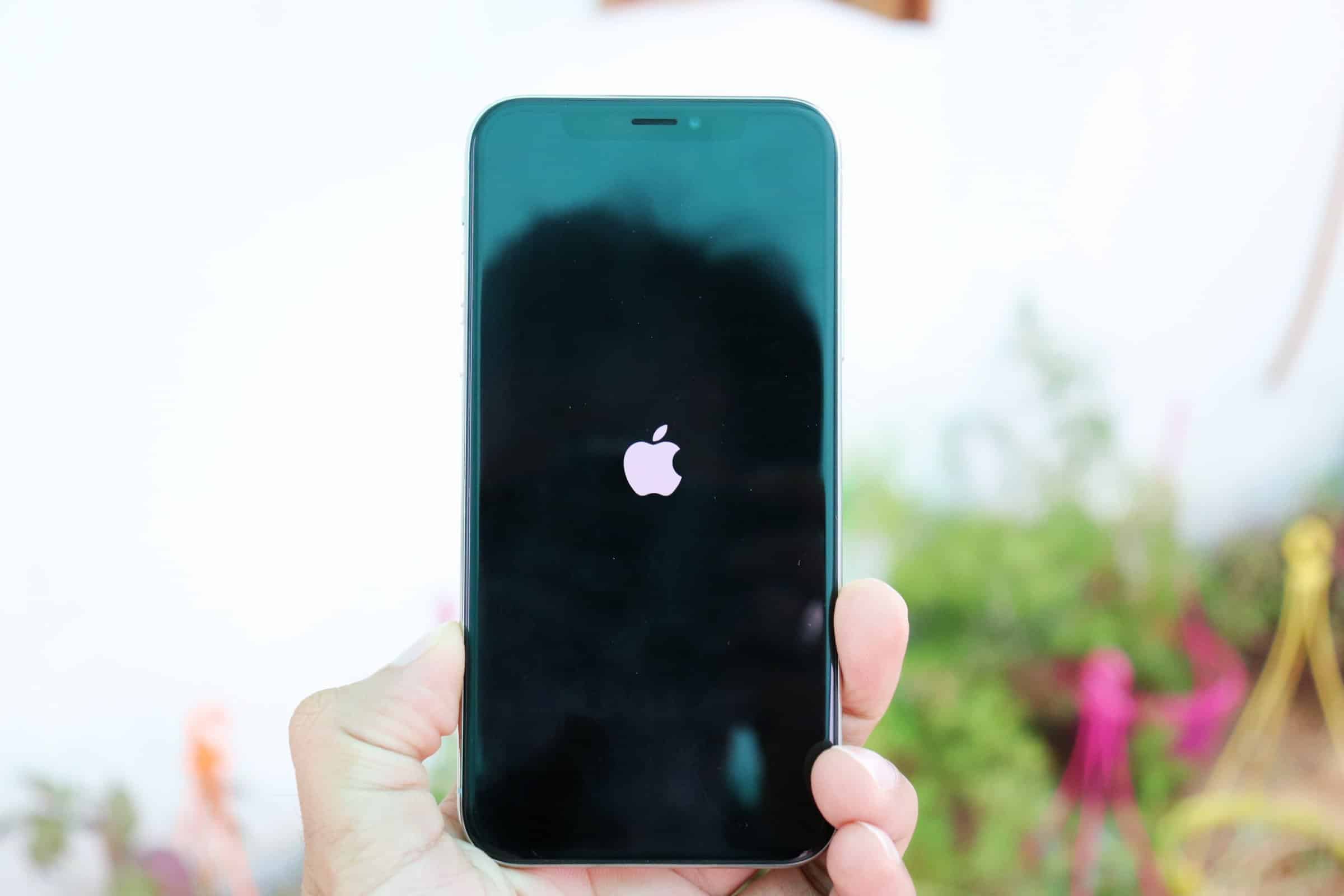
If you have an issue on your iPhone that isn’t going away with a restart, and you know it’s software related, then you might want to consider a factory reset of your device.
Factory resetting an iPhone means erasing all data from the device and restoring it to the default options of the iOS version installed on it. This means all your music, photos, apps and data will be deleted from your iPhone.
If you’re giving away your iPhone to someone else, it’s best to erase all content and settings from the device before handing it over to not let your personal data into someone else’s hands. We also recommend resetting your iPhone before handing it over for repairs to ensure the safety of your personal data.
NOTE: Make sure you take a backup of your iPhone before erasing your iPhone. Check out our detailed guide on taking a backup of iPhone using iTunes and iCloud.
Reset iPhone from Device Settings
- Go to Settings » General » Reset.
- Select Erase All Content and Settings.
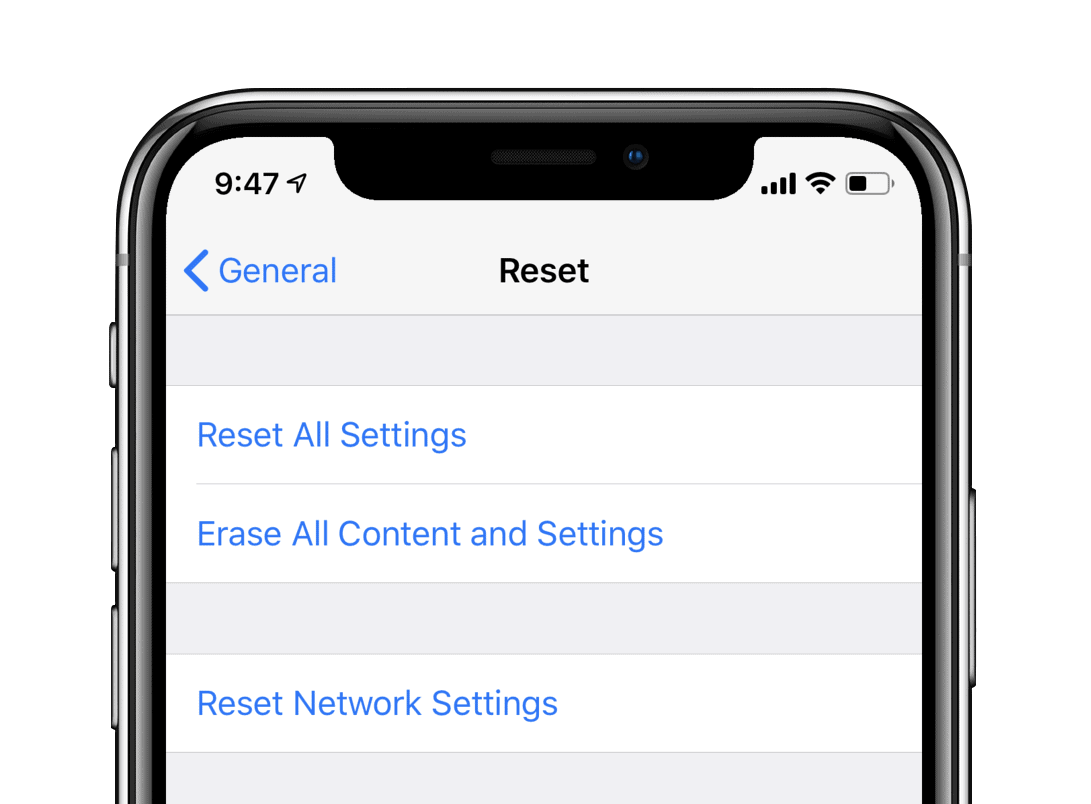
- If you’ve iCloud Backup enabled and there files yet to be included in the backup, then you’ll get a pop-up to Finish Uploading Then Erase. Select it.
- Enter your Passcode and Restrictions Passcode (if asked).
- Finally, tap Erase iPhone to reset it.
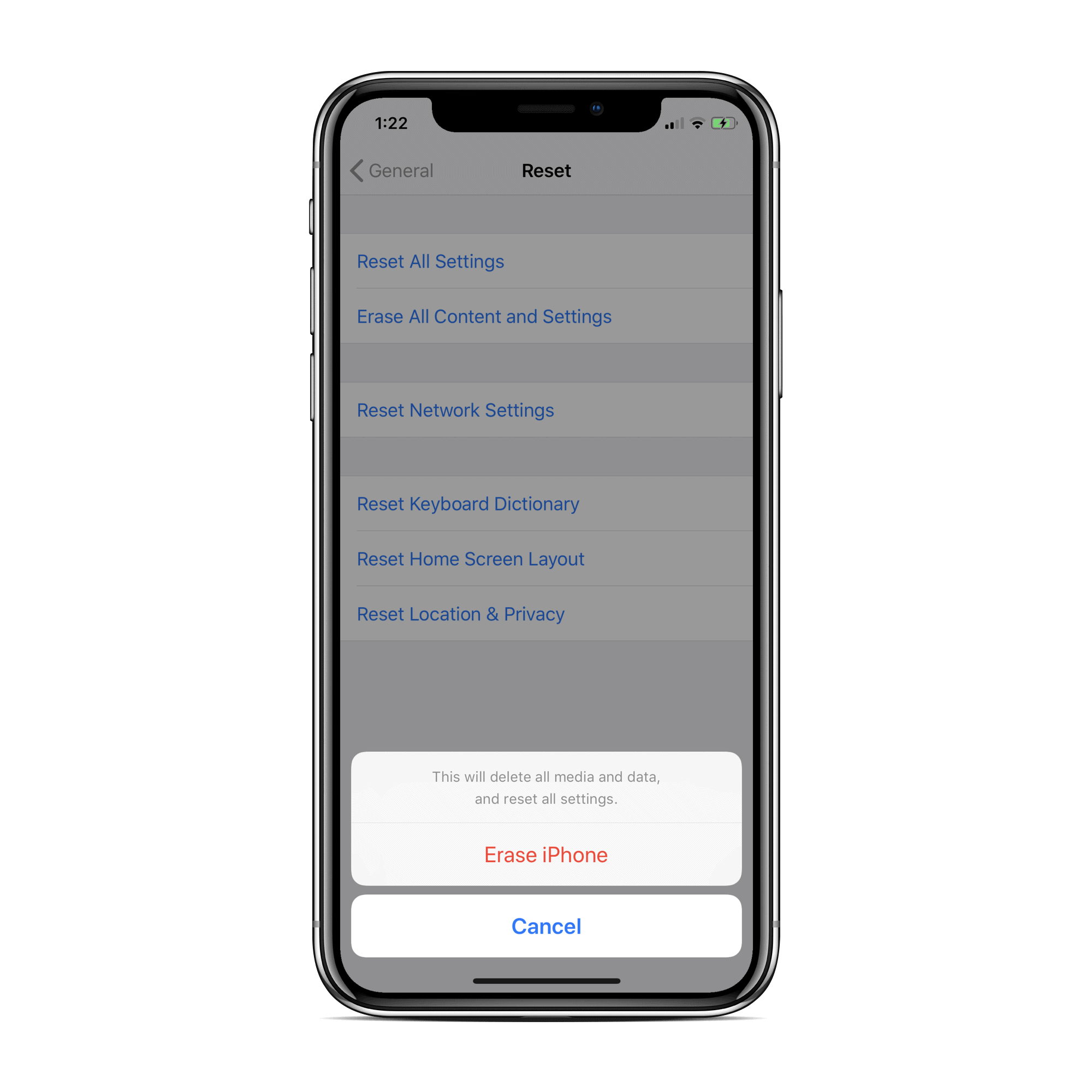
Hot Tip: If the purpose for resetting your iPhone was to fix a problem, then we recommend you set up your device as new after the reset.
If you restore your iPhone from an iTunes or iCloud backup, the chances are your iPhone issue(s) might recur. Though it is not always the case and you can keep restoring from a backup as the first option. But if the problem doesn’t fix, then reset again and do not restore from a backup this time.
Reset iPhone using iTunes
- Download and install iTunes on your computer. Once the installation finishes, launch iTunes on your computer.
- Connect your iPhone to your computer using the Lightning to USB cable.
- If a Trust This Computer pop-up shows on your device’ screen, make sure to tap on Trust.
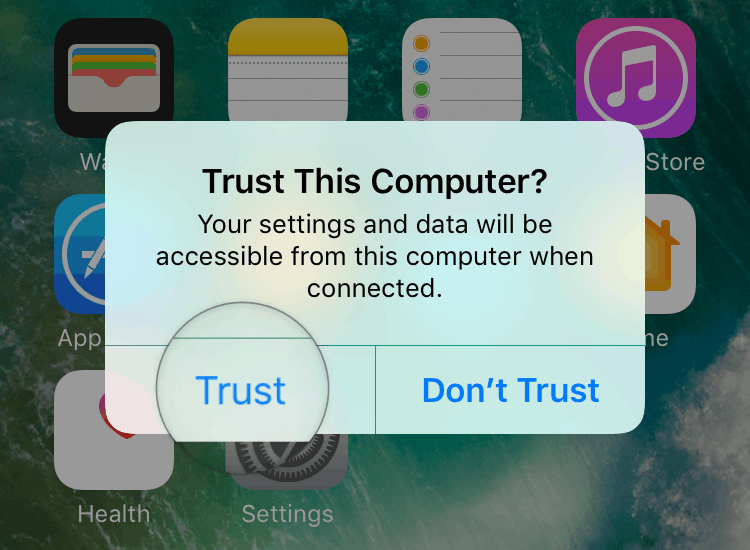
- If you’re connecting your iPhone/iPad first time with iTunes, you’ll get a “Do you want to allow this computer..” pop-up on the screen, select Continue. Also, when iTunes greets you with a Welcome to Your New iPhone screen, choose Set up as new iPhone and click on the Continue button.
- Click on the phone icon in the row below the menu options on the top left side. It may take some time to appear. This opens the Summary page of your device.
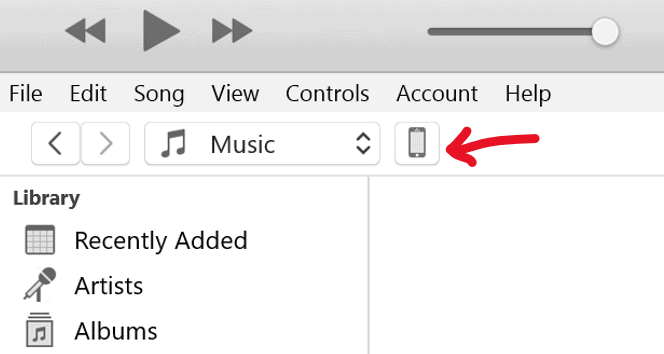
- Click on the Restore iPhone… button, and follow the onscreen instructions.

- This process may take several minutes. Once it is complete, your phone should show the Welcome screen. All your data will be erased, and your phone will be as good as new.
How to Restart your iPhone

Restarting your iPhone could have any number of uses. It closes all the apps and restarts the operating system, so it is often the most natural solution to get rid of lag and minor software glitches on the device. It is also very safe in the sense that it does not pose any risk of data saved on your iPhone.
Switch Off / Switch On your iPhone
If you’re able to use your iPhone, operate it with the touchscreen, then the simplest way to restart it is to power it off and then turn it back on.
iPhone X, iPhone XS, and iPhone XR
- Press and hold the Power + Volume Up button until you see the Slide to power off slider on the screen.
- Touch and drag the slider to the right and let go. This will turn off your iPhone. It may take a couple of seconds.
- Once your iPhone is turned off, press and hold the Power button again until you see the Apple logo appear on your screen.
iPhone 8+ and earlier devices
- Press and hold the Power button until you see the Slide to power off slider on the screen.
- Touch and drag the slider to turn off your iPhone.
- Once it’s entirely off, press & hold the Power button again until you see the Apple logo.
Note: With iOS 11 and later, you can even go to Settings » General, scroll to the bottom and tap Shut Down to get to the Slide to power off screen.
How to Force Restart iPhone
In case your iPhone is hung or is unresponsive, you can perform a forced restart on it.
iPhone 8, iPhone X, iPhone XS, and iPhone XR
- Press and release the Volume Up button once.
- Press and release the Volume Down button once.
- Press and hold the Power button on the side until you see the Apple logo on the screen.
iPhone 7 and iPhone 7+
- Press and hold the Power + Volume down button together until the screen goes blank and the Apple logo appears.
iPhone 6S and earlier devices
- Press and hold the Power + Home button together until the screen goes blank and the Apple logo appears.
Restart iPhone without buttons
If your iPhone’s Power, Volume, or the home button is not working, there still some ways to restart it.
Using Assistive Touch
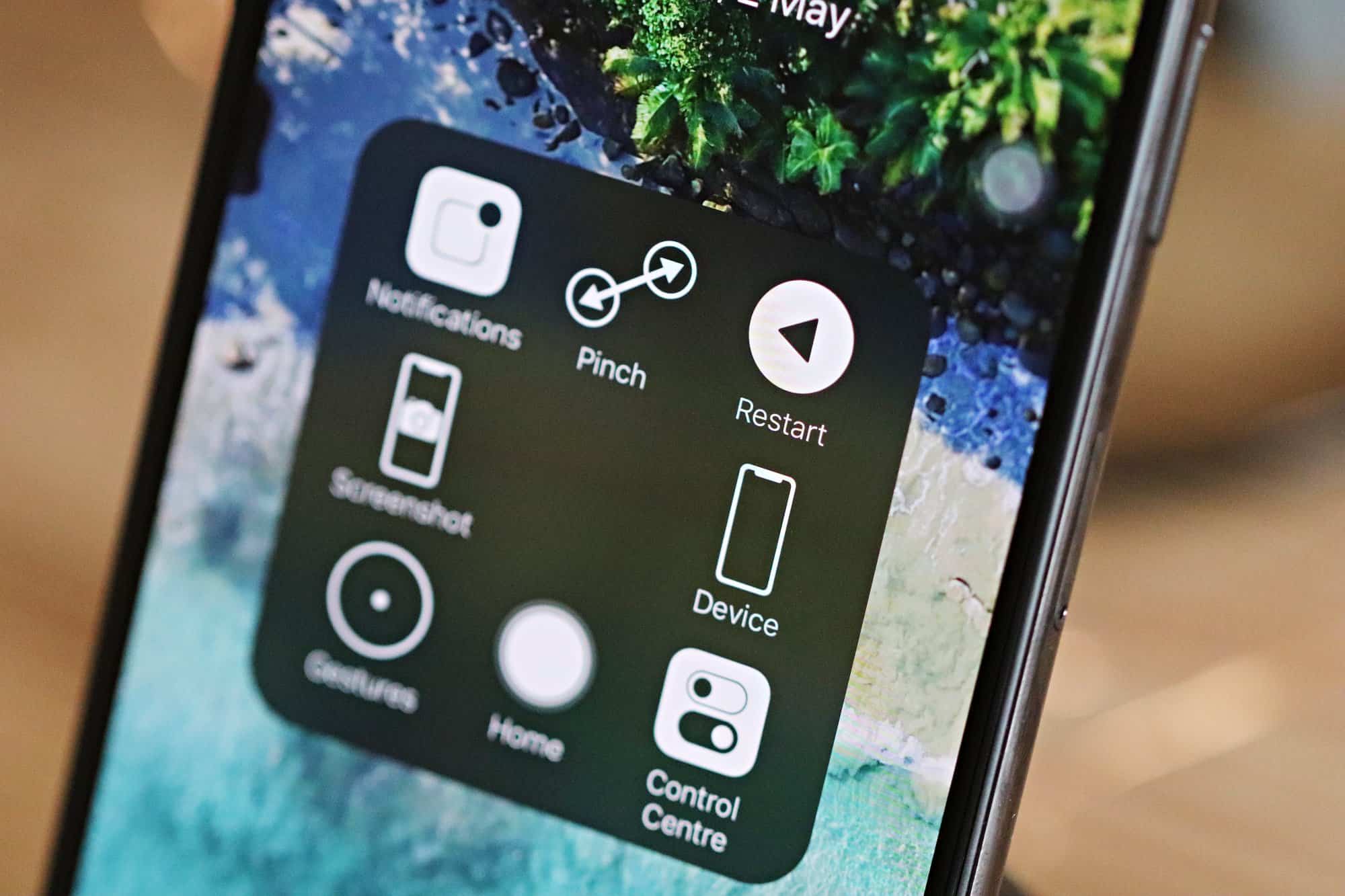
Assistive Touch adds a virtual button to your iPhone which can do several things (including restart), all from a single interface that is available as an overlay throughout the OS.
- Go to Settings » General » Accessibility » AssistiveTouch.
- Turn on the toggle switch for AssistiveTouch on the top of the screen. A virtual button (circular icon) will appear on the screen.
- Tap the AssistiveTouch button on the screen, then go to Device » More, and tap Restart.
- You’ll be asked for a confirmation, tap Restart again.
TIP: You can even customize the AssistiveTouch options to include Restart at the top level in the AssistiveTouch menu.
- Go to Settings » General » Accessibility » AssistiveTouch and tap Customize Top-Level Menu.
- Tap the + icon to add the space for an additional icon in the top-level menu. It’ll be the seventh icon.
- Tap on the + box, scroll to the bottom of the list, and select Restart from the available options.
- Tap Done on the top-right corner of the screen.
iOS 11 and iOS 12 running devices
- Go to Settings » General on your iPhone.
- Scroll to the bottom and tap Shut Down from the available options. You’ll see the slide to power off screen appear on your iPhone.
- Touch and drag the power icon in the slider to the right to turn off your iPhone.
That’s all. Have fun using your iPhone!

